How to Get The Most Out of Your DSLR
If you’re like most photographers, you’re probably planning your next purchase and looking for a new camera or another piece of equipment that will help you to capture those jaw-dropping images that you’re after.
But while it’s true that a new lens can often make a big difference – one thing that will make an even bigger impact on your photography is your knowledge of your DSLR. As Ansel Adams once said, “The single most important component of a camera is the twelve inches behind it”.
Being able to use your camera effectively, and knowing the basics of composition will help you to capture some amazing images no matter what type of equipment you have.
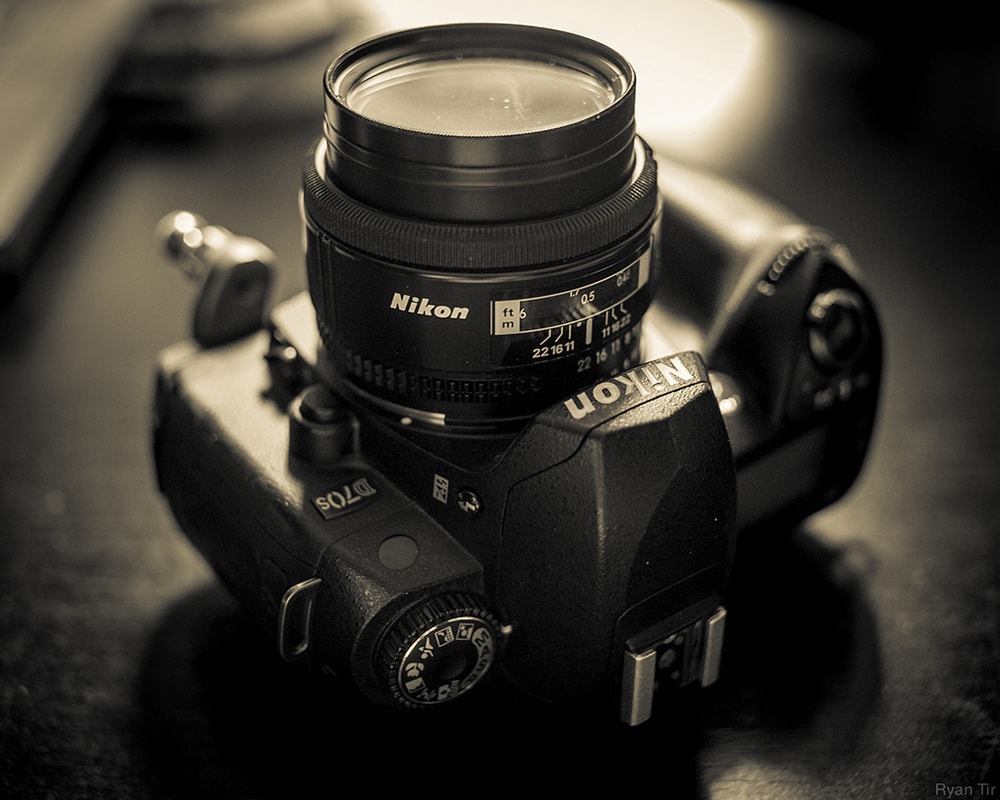
image by Ryan Tir
Whether you’re a beginner or experienced photographer, if you’re looking to improve your photography, learning more about your camera can essentially open the doors to many more opportunities. If you are looking to get the most from your DSLR – or perhaps looking justify your next purchase – here’s a look at some things that will help you to ensure that you’re using your camera to its fullest potential!
1. Read the Manual
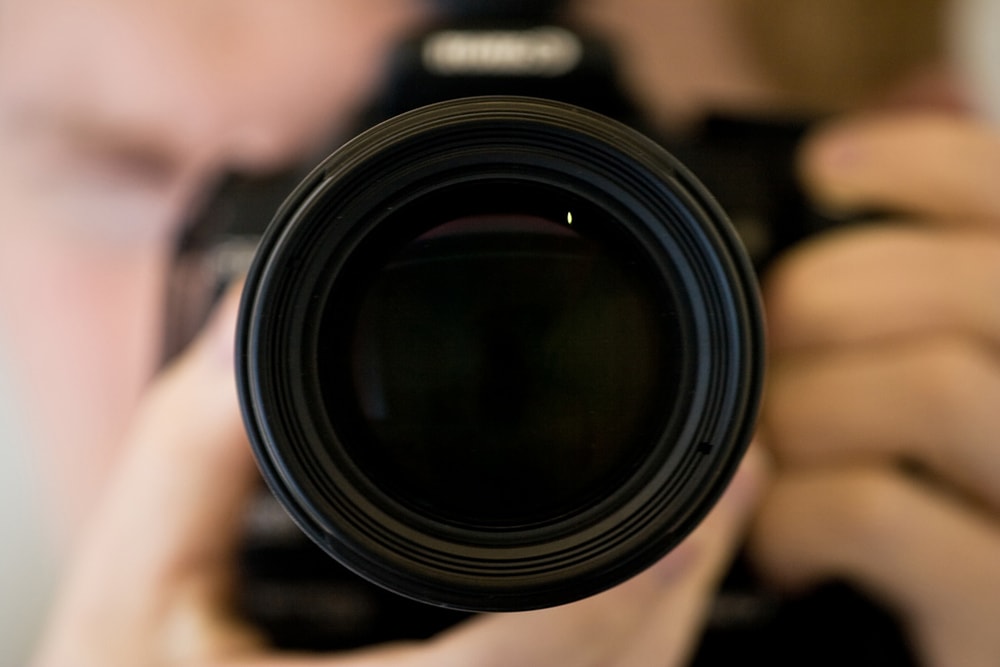
image by Okko Pyykkö
If you haven’t read the manual, your DSLR is essentially an expensive point and shoot! The manual is one of the most often-overlooked pieces that come with a camera, but it’s one of the most important. Reading the manual will help you to become more acquainted with your camera, and will show you what all of those buttons and dials are for. Take the time to look through it, you should be able to find a copy online. It’ll open up new opportunities for you
2. Find Out What Features Your Camera Offers
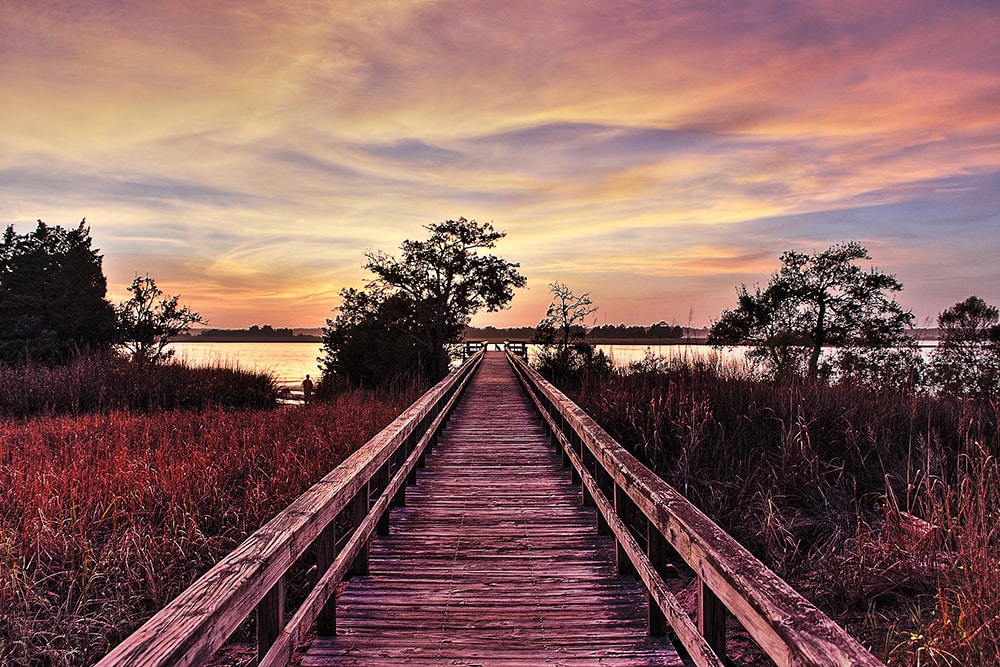
image by Jason
Reading your manual should fill you in on this, but finding out what features your camera offers and trying them out can help you to get the most out of your camera. For instance, learning about burst mode, flash compensation, in-camera leveling, and time-lapse photography can all help you to capture the images that you’re after. Some cameras also come with built-in HDR mode allowing you to merge exposures in camera.
3. Master the Exposure Triangle
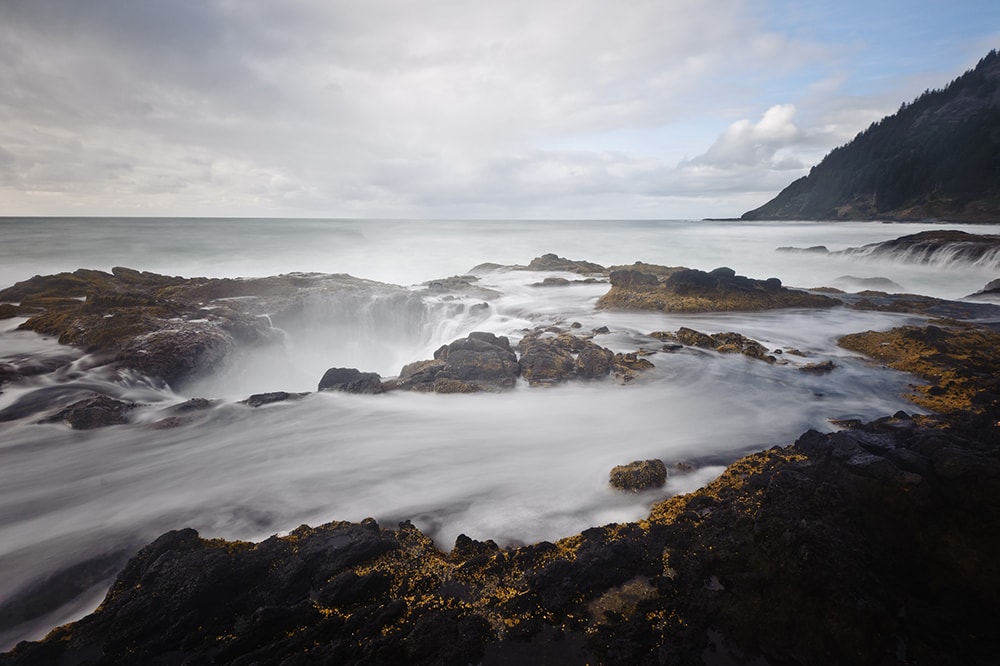
image by Waqas Mustafeez
Learning about your camera’s basic settings; shutter speed, aperture, and ISO, is another important step that you’ll want to take. One of the best things about a DSLR is having the ability to control the settings to create the exact image that you’re after. While your camera’s auto setting is pretty good at guessing, learning about the exposure triangle and understanding how the settings work together will help you to get the images that you’re after.
4. Get an External Flash Unit
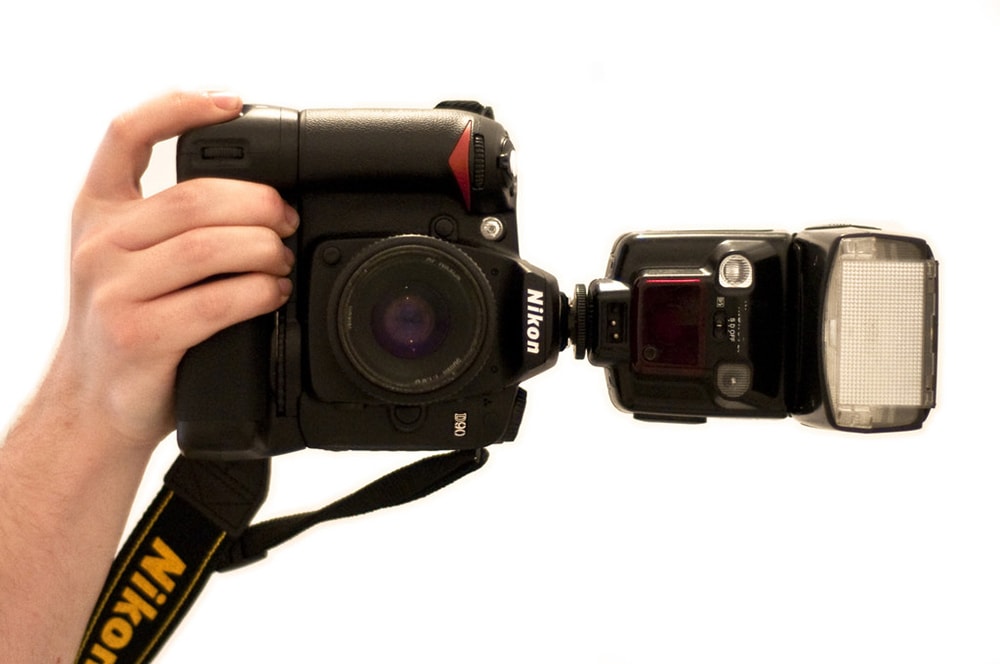
image by Luke Hayfield
Your on-camera flash can produce some unsightly results and has a knack for popping up at the most inopportune times! But this doesn’t mean that you’ll want to give up on the idea of a flash altogether. Instead, learn to use your flash. Yes, even your on-camera one effectively. You can purchase a relatively inexpensive diffuser to slip over the top of it to help disperse the light better.
Or, learn how to dial it down so it doesn’t blind your subjects. You’ll also want to consider investing in an off-camera flash. Having the ability to point the light where you want it will give you tremendous freedom when it comes to creating the images that you’re after.
5. Shoot in Raw
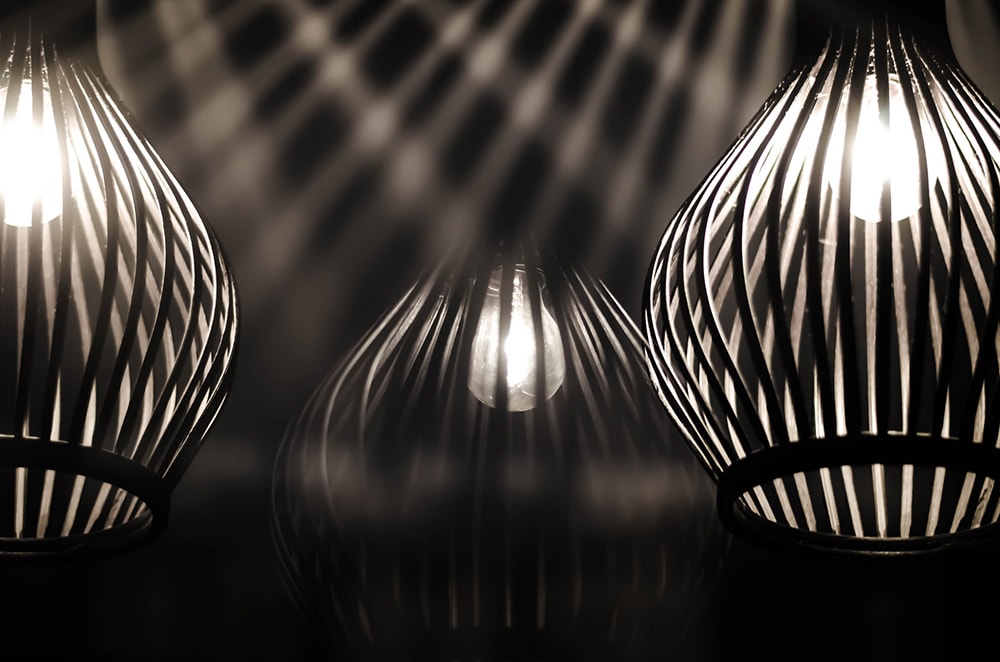
image by Al Lloyd
If you do any kind of post-processing with your images, you’ll want to think about shooting in RAW. When you shoot in JPEG format, your images are processed in your camera. But shooting in RAW will keep all of the image data giving you a lot more flexibility when adjusting the exposure, white balance, and other details in Lightroom later. When you’re first getting started with RAW, you may set your camera to capture both RAW and JPEG images, allowing you to have both images to share, and files to work with during post processing.
6. Try Something New
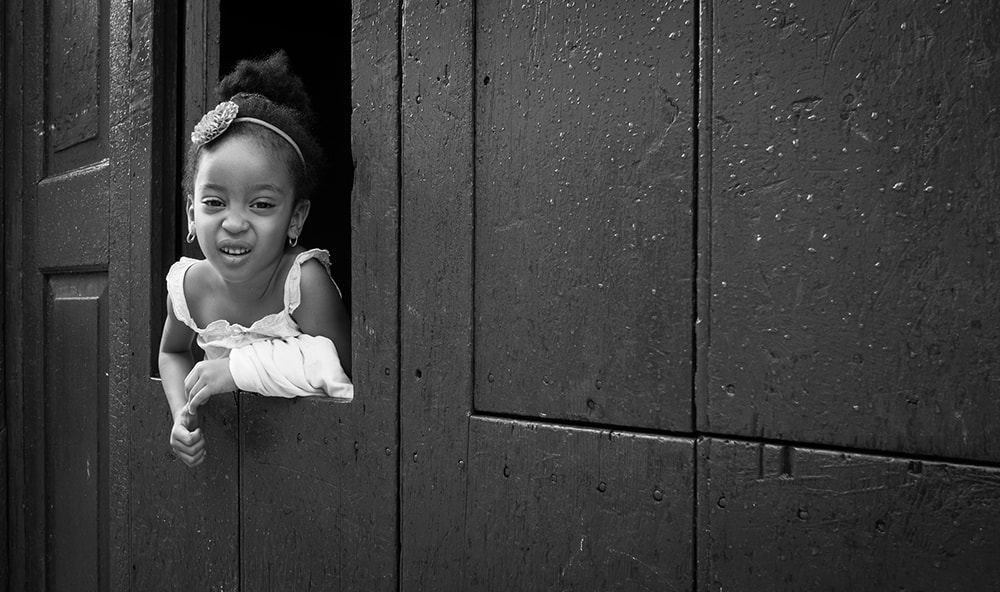
image by Thomas Leuthard
Often, we get comfortable with one type of photography, making it easy to get stuck in a rut. To expand your horizons and gain more experience with your camera, consider trying something new. Experiment with different types of photography. Try your hand at landscapes, wildlife, or even street photography; or sign up for a class or join a photography group.
Challenge yourself to break out of your comfort zone… who knows, you just might find a new type of photography that you’re interested in, and will learn a lot along the way.
7. Shoot Often

image by Jake Cook
In order to get the most out of your camera, you’ll need to practice – a lot. Shooting different types of images, in varied lighting conditions will help you to put your knowledge to use and give you a better understanding of how your camera settings work. Remember: digital images are free to make, so don’t worry about wasting images!
8. Try a Prime Lens
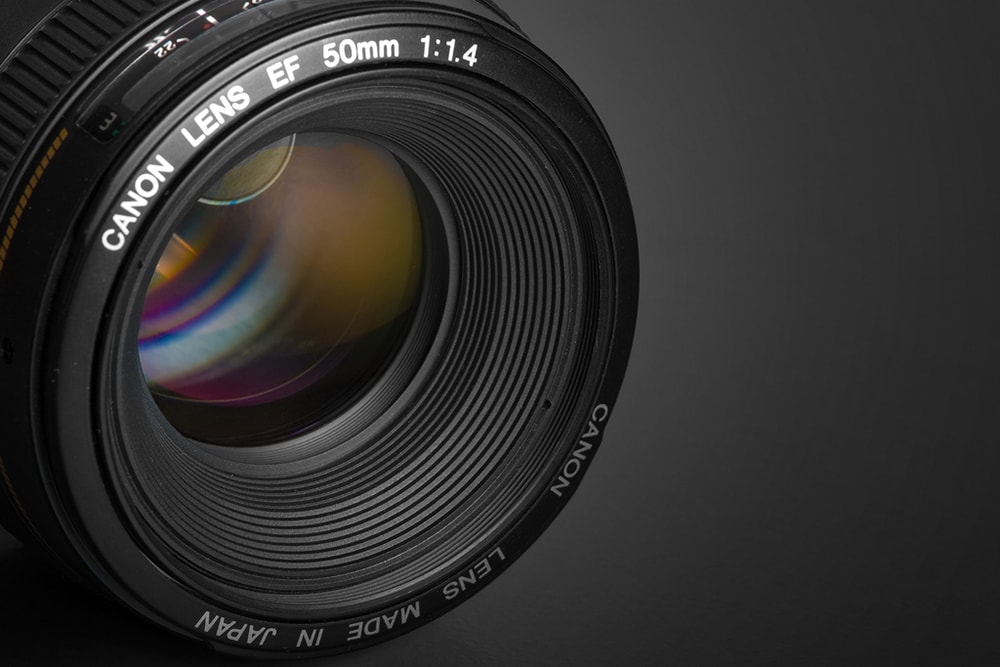
image by Andreas Levers
While you don’t always need a bigger or better lens to enhance your images, shooting with a different lens can help to broaden your skills, giving you a deeper understanding into how the settings in your camera are working. Prime lenses – lenses with a fixed focal length – are relatively inexpensive and will present a great opportunity for you to experiment with using a narrow depth of field, as well as a fast shutter speed in low light conditions, helping you to capture some high-quality images.
While it’s tempting to think that amazing pictures can be yours if only you had a better DSLR, it’s important to remember that the best camera for the job is the one that you already own. Instead of assuming that you need a new camera because it would be somehow “better” or because it has more bells and whistles, take some time to familiarize yourself with all of the features that your camera has to offer.
You’ll be able to tell when it’s time for an upgrade when you’ve reached the end of your camera’s capabilities and require something that will better assist you in capturing the types of images that you’re after.
What little-known things have you learned about your camera? Share your stories with us on Twitter or Facebook!
